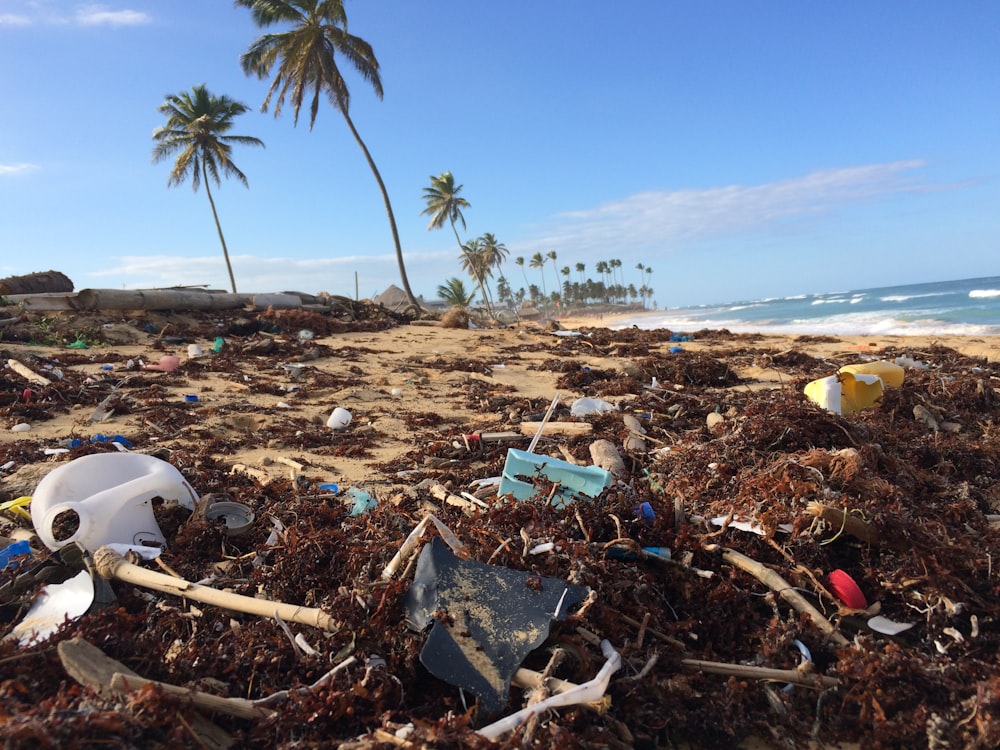UN passes historic resolution to end plastic pollution: What does it mean, why this is a need of the hour
via Firstpost
The landmark resolution addresses the full lifecycle of plastic, including its production, design and disposal. The resolution calls for immediate collective voluntary action by countries towards the goal of ending plastic pollution.
In a historic move to deal with the global problem of plastic waste, 175 nations across the world adopted a historic resolution at the fifth United Nations Environment Assembly (UNEA) in Nairobi to forge an international “legally binding agreement” by 2024 to end plastic pollution.
The landmark resolution addresses the full lifecycle of plastic, including its production, design and disposal.
Read the full story here: https://www.firstpost.com/world/un-passes-historic-resolution-to-end-plastic-pollution-what-does-it-mean-why-this-is-a-need-of-the-hour-10430181.html






You must be logged in to post a comment.